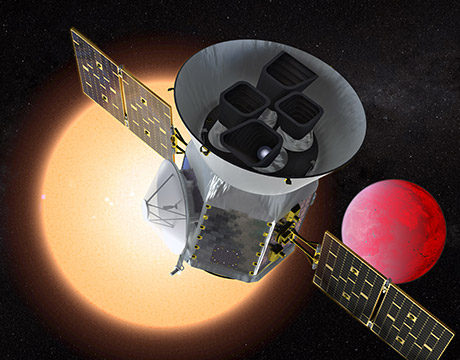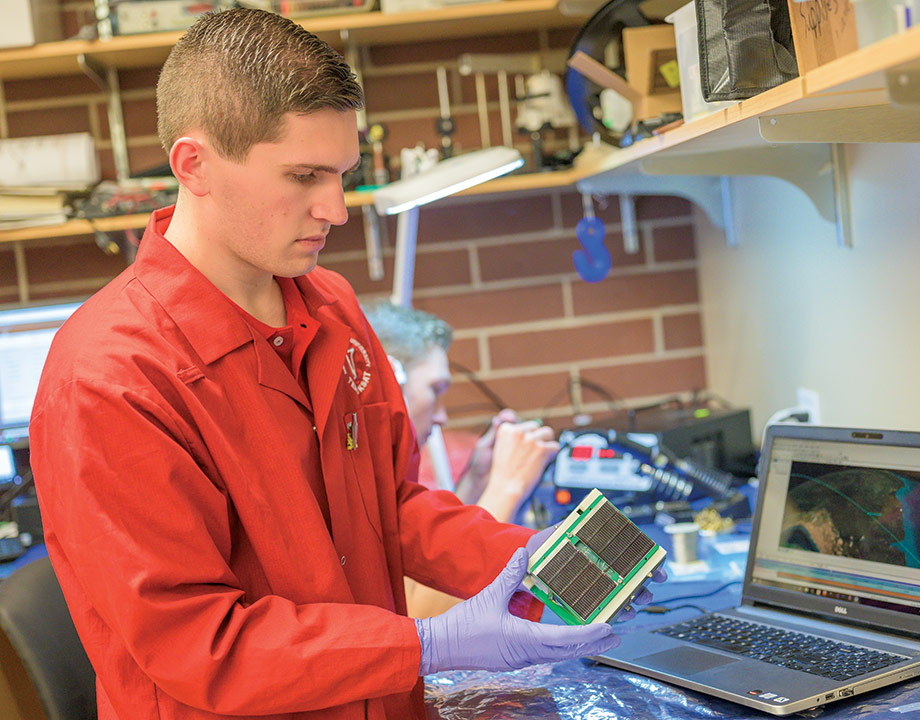Top 10 Space Missions Set to Explore New Frontiers, Part 2
Top 10 Space Missions Set to Explore New Frontiers, Part 2


Part One of “Top 10 Space Missions Set to Explore New Frontiers” looked at the first five important space missions that are underway or in their planning stages. Here are the next five.
If we can't get someone (to the moon) in the 2020s, it'll be sad.Jeffrey Hoffman, former U.S. astronaut and MIT professor
6.) Parker Solar Probe: Due to launch in July, the Parker Solar Probe will fly straight through the sun's corona -- about 3.8 million from the surface -- closer than any previous mission. Earth, by the way, is about 93 million miles from the sun. The goal of the mission is to gather more information about the sun and the effect its solar winds have on planetary atmospheres. For protection, the spacecraft and instruments are housed in a 4.5-inch-thick carbon-composite shield that will need to bear temperatures up to 2,500 °F (1,377 °C).
7.) BepiColombo: Other agencies besides NASA conduct space missions. European Space Agency and Japan Aerospace Exploration Agency are launching BepiColombo, which will study Mercury, the planet that’s closest to the sun and the least explored. Two orbiters will try to unveil the planet's secrets, including its composition and atmosphere. Scientists will also look to answer a critical question of how it fares so close to the sun. Previous fly-bys have provided pictures of the planet, but information about its chemical composition, core, and weather details remain a mystery.
For You: Flying to Space on Butterfly Wings
8.) Chandrayaan 2: The moon – which we know much about thanks to the Apollo missions – seems uncool after the discovery of mysterious planets where extraterrestrial beings could exist. But India is still trying to catch up in the space race and hopes to launch its first mission to the moon by the end of 2018. It'll have an orbiter, lander and rover, which will collect information on the "lunar topography, mineralogy, elemental abundance, lunar exosphere, and signatures of hydroxyl and water-ice," says the Indian Space Research Organisation.
Hoffman believes the U.S. should also be sending more people to the moon. "If we can't get someone there in the 2020s, it'll be sad. One of the big hang-ups is a lunar lander," he says, suggesting that contracting the lander construction to the private sector could solve that problem.
But humans aren’t necessarily needed for many space missions, says Penn State’s Ford, adding that robots perform better in outer space. But some organizations still want to send people to the moon. Five teams, for example, are now competing for Google's $30 million Lunar X prize to provide cheap access the moon.
9.) Europa Clipper: Jupiter's moon Europa is thought to have conditions to support life, including an ocean. The next step is to research it -- and that's what the Europa Clipper mission will do. The mission launch date could be between 2020 and 2025, though budget issues could force delays. The initial idea was to do a fly-by, but landing on the planet has also been proposed. One of the goals is to see whether there is an ocean under the icy crust, a key to supporting human life.
10.) ARIEL: The discovery of hundreds of thousands of exoplanets has raised more questions on how they were formed and operate in solar systems. ESA's ARIEL (Atmospheric Remote-sensing Infrared Exoplanet Large-survey) is scheduled to launch in 2028 to answer some of them. The mission will focus on studying hot and warm planets, their compositions, atmospheres and related stars. Scientists will try to look for common patterns that may define the formation and evolution of planetary systems and atmospheres.
Agam Shah is an associate editor at Mechanical Engineering magazine. You can email him at ShahA@asme.org, or follow him on Twitter at @agamsh.





